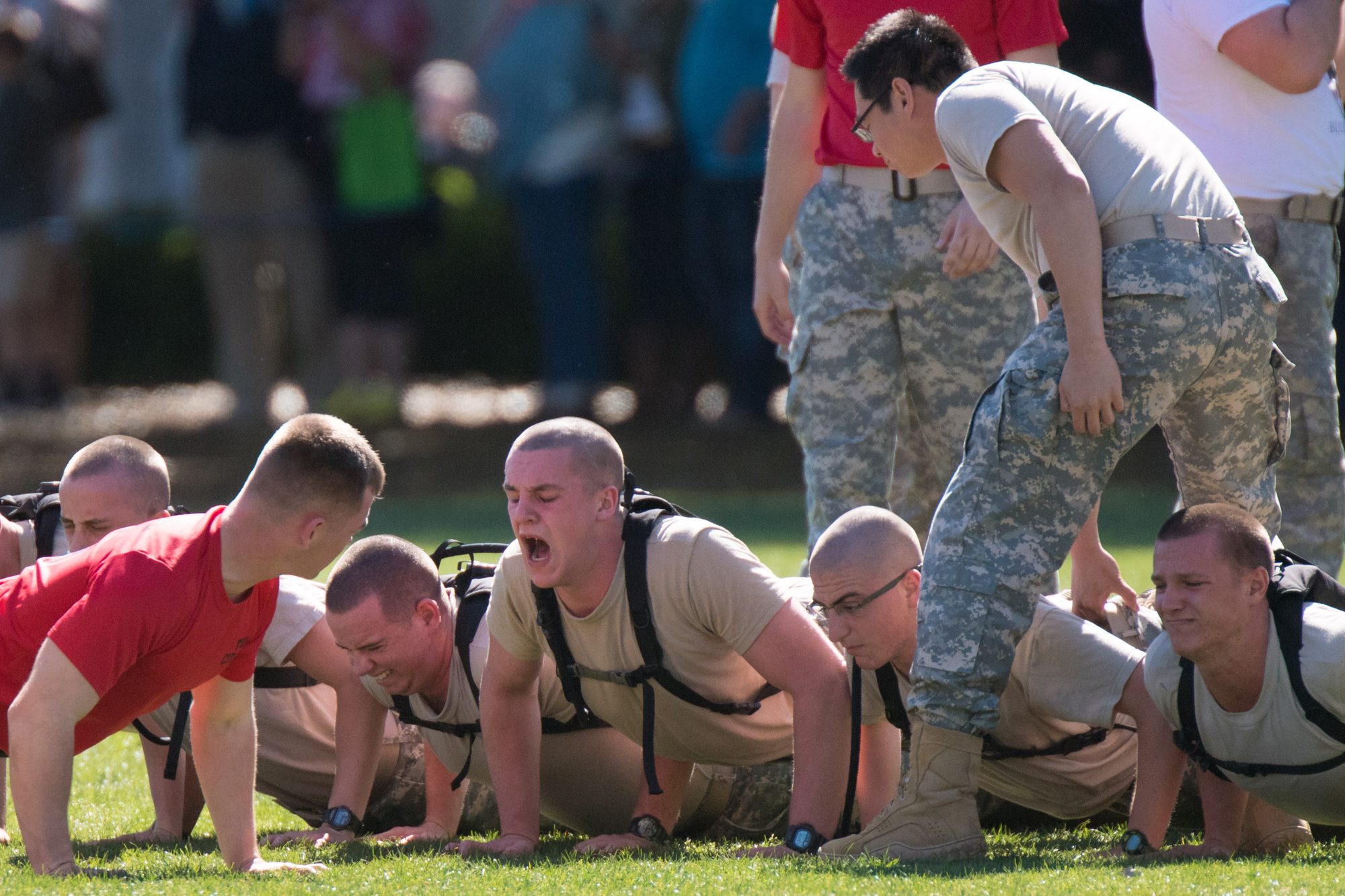Nikon D4, Sigma 120-300mm ƒ/2.8 DG OS HSM | S, Sigma TC-2001 2x, ISO 2000, ƒ/5.6, 1/4000
I reposted a blog I had done a way back that had gotten a lot of positive feedback from the photographic community.
Seven Reasons Not to Become a Freelance Professional Photographer was the blog.
People shared it 32 times through Google Plus alone. It ranks 5th of the 1098 blog posts I have written for the most read. There are 44 comments on this post. Everyone on the base was positive except for one that was more of a question. “Is all lost when most of these points have been true?”

My response was, “No. You cannot continue to fail over the long haul. Again you don’t have to do all of it yourself; you can outsource. My recommendation is to realize to be successful, you need to 1) have a good solid product consistently, 2) you need to deliver more than you promise, 2nd-mile service, and 3) WOW them. It would be best if you connected with people way beyond your product. Just think of the TV show Cheers; the people came back to the bar regularly because of friendships on top of the food and good service.”
When I reposted it, I had the most negative response for any of my blogs. So I started examining why this person was taken back by my post.
The poster slammed the blog as Listicle.
In journalism and blogging, a listicle is a short form of writing that uses a list as its thematic structure but fleshing out with sufficient copy publishing as an article. A typical listicle will prominently feature a cardinal number in its title, with subsequent subheadings within the text itself reflecting this schema. The word is a portmanteau derived from a list and article. Suggesting that the word evokes “popsicle,” emphasizing the Listicle’s fun but “not too nutritious” nature.
After reading a few more comments, I realized what I think the person was having an issue with from my article. The reviewer was struggling with a newbie vs. a seasoned pro.
In a workshop with Scott Kelby, I loved one of his comments. “If you need a hug, you post on Flickr.com.”
As an amateur, your friends and family will comment on how great of a photographer you are. However, the minute you turn Pro, that all changes.
I felt the same thing this poster indicated in his comments that we need to wrap each other in emotional support as pros. My wife pointed out that you are a pro; people expect you to have great photos. My experience is they don’t comment on you for doing.
For this article, I want to be clear that the difference between the word amateur and professional is solely the difference of hobby versus making a living. My comments are not about the quality of images because I think many amateurs produce better images than pros. Most amateurs, however, could use a dose of reality that the most significant difference for the working Pro over the amateur is business skills, not photographic skills.
As an amateur, you may join a photo club where you all help and encourage one another. Many camera clubs around me have had me speak to them and judge their competitions. I enjoy doing this and sharing some of my knowledge with them.
Professionals understand that when they go to workshops and meetings with pros, we are getting together to get better at our business skills. We may learn the same things that a camera club gets together to learn about the latest software, but we need this knowledge to remain competitive rather than take photos.
Professionals also understand they need to pay for those classes and workshops. The people teaching them are working pros that give you information that will help you make a better living.
Going Pro will be a lonely journey for several reasons. Most of all, your friends and family comments about how wonderful you are now will seem emptier if they are not hiring you to shoot for them. If they thought you were so awesome, wouldn’t they hire you?
While most professionals will help you, not everyone will be as enthusiastic that you showed up on the scene. First of all, remember in some areas of the industry, like newspapers, the opportunities are disappearing. When pros were making $200,000+ for shooting stock years ago, and now they can barely make $20,000 doing the same type of work, you showing up and taking more of the smaller slice of the pie is very threatening.
New pros must be aware of one major thing when they become pros. Just because you graduated and knew how to make beautiful images does not immediately mean there is work for you. Every client who hired photographers last year will likely hire those same photographers. When you get hired, one of those photographers often just lost that job you are shooting.
Some pros take this the wrong way and, therefore, will do everything they can to sabotage your career. Pros feel threatened if you set up shop in their town.
Now there is a great group of photographers I have been a part of that does not take this attitude. You may find one of our members like that, but I can tell you we do not encourage that. This group is ASMP.
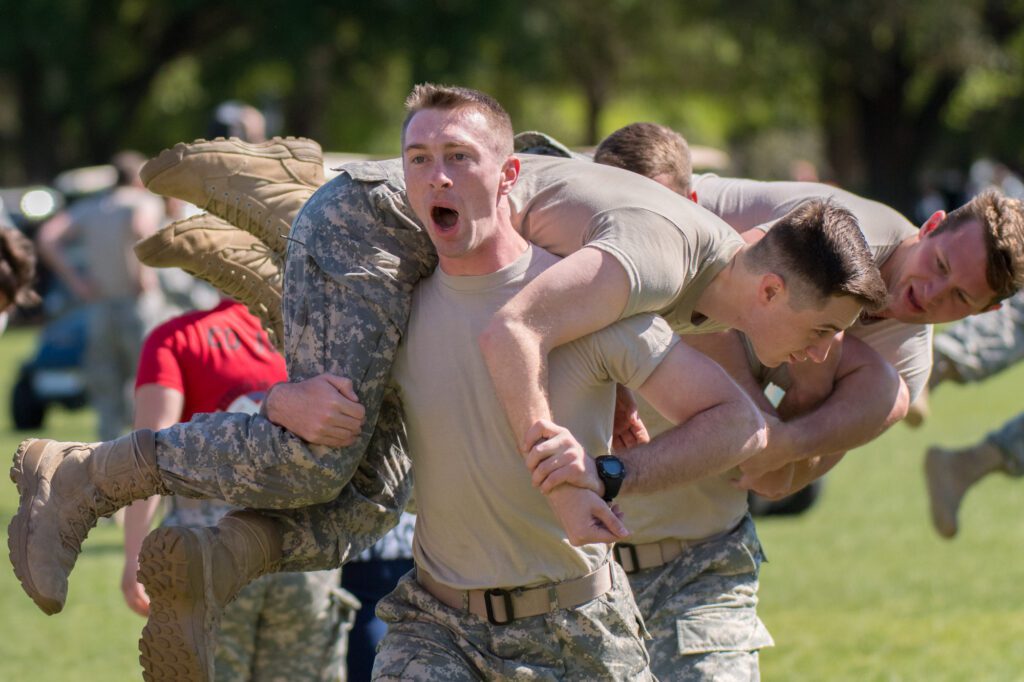
ASMP [American Society of Media Photographers] has championed business skills for photographers better than any other organization I have been a member of in my career. I joined in 1987 and have learned more through the organization and fellow members than anywhere else. Like the photo of the Citadel cadets carrying one another as they might have to do in battle to save their comrade, my ASMP fellow members took me.
To join ASMP as a member, you must get a sponsor who is satisfied that the applicant meets the eligibility requirements for Professional Membership, namely:
- Good moral character and reputation, and
- At least three consecutive years of experience as an imaging professional.
Now, if you are starting, we have an associate’s membership where you have the same access as a member, just not voting rights. If you haven’t proven you can run a successful business for three years straight; we don’t need you making business decisions for the organization.
We see the new photographers much differently. We work to find another chair and welcome you to our table. We take you under our wings and do everything we can to be sure you are successful.
The best things I learned right away from the start with ASMP were the importance of good business practices. I learned about how to figure out the cost of doing business. I knew that when I create estimates, the client would often try and negotiate for a lower price or more services for the same price.
ASMP worked to protect my copyright by helping to inform congress what this means for photographers to have copyright protection.
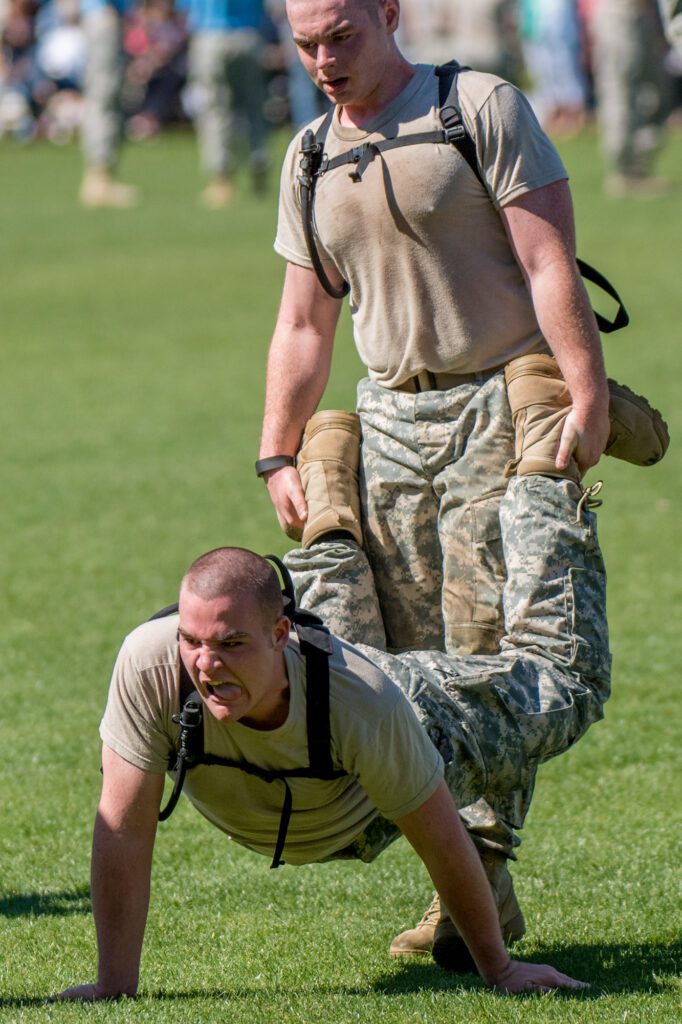
My fellow ASMP members didn’t give me a group hug as I would experience as an amateur on Flickr. It felt like they took the legs out from under me, and they did. They were carrying them just like you see in this photo. They helped me by challenging me on my low prices. How are you making a living on that price?
The one thing that made me sad about the poster’s comments was that “no matter the pay,” he wouldn’t be swayed to stop shooting. You see, he is the type of new Pro that needs ASMP.
His attitude of “no matter the pay” means he will accept just about any job because he loves to shoot. After all, he said, “It’s in my blood and who I am.”
Through the years, my ASMP colleagues and I have helped countless photographers learn how to make a living and even a great living. One of those I took under my wing was a young lady who, when I met her, was a nanny and going to school full-time.
I had her assist me and talked with her answering all her questions. Then, she took on a client that had her traveling all over the state, shooting travel magazine packages for the publication.
The magazine had traded out with hotels to keep costs down. So every town my assistant went to, there was a hotel she stayed in for free. So it appeared in many ways the magazine was thinking about her.
When we spent a few hours reviewing her expenses and what they paid her, she discovered she was making way below minimum wage.
When her car started to have mechanical issues, she realized she could get it fixed and continue doing the work. But unfortunately, she wasn’t making enough to cover the costs of owning a car.
The expenses were when she realized that continuing with this magazine; she wasn’t just making below minimum wage; she was paying them to shoot for them. YES!!! You heard me.
Her mother rented her a car so she could go and do the assignment, but the project didn’t pay enough to cover the rental car fees and all the other costs associated with doing the work.
Today, that young woman is not only doing better but also doing great. She not only is making a good living, but she also has staff working for her more than three people.
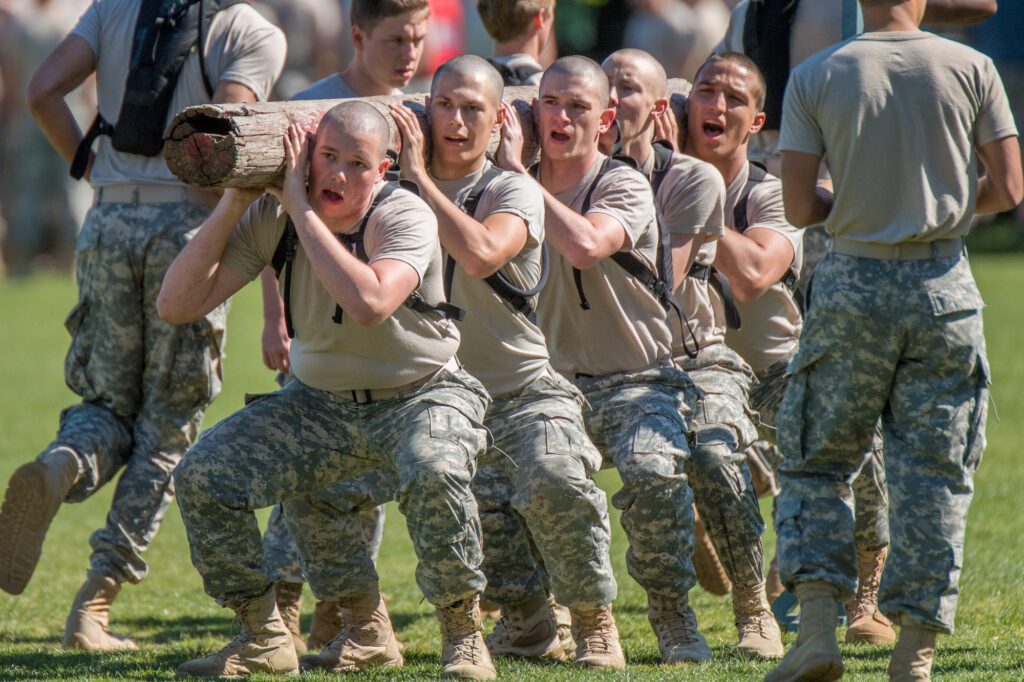
ASMP members know that photographers who do not understand business principles will not only go broke they will leave the industry worst off. Now those clients think that the rates they were paying those failed photographers were reasonable. We need you equally lift the sector just as these guys do in carrying the log. They cannot do it alone.
Turning Pro from amateur status is when you start to have adult conversations. These conversations are when you do not like everything you hear from a seasoned pro trying to help you out, but you see it as them trying to get rid of you.
Young photographers can learn something from professional bull riders. First, they started riding young calves before graduating to bullocks and then bulls. Then, between the ages of four and six, they hone their skills by “mutton busting” on sheep. You see, bull riding is one of the most dangerous sports in the world. An estimated one in every 15 bull rides ends in some injury.
I can tell you that many pro photographers feel like one in every 15 assignments ends up in some injury. We like to call that scar tissue which builds wisdom.
I recommend joining ASMP and NPPA, which has, in the last few years, changed to help freelancers even more with business practices than when I joined in 1985.
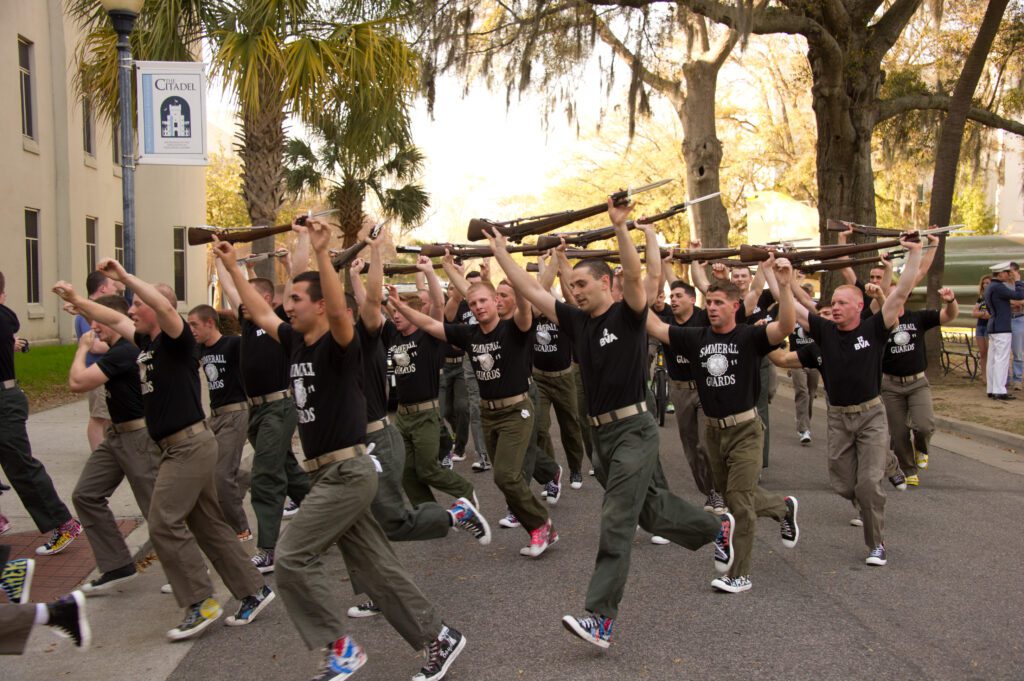
Remember, when you turn Pro, people expect you to have great photos, so don’t go looking for a group hug like you got as an amateur.
In military training, young men come together with a diverse mix of our American landscape. Yet, those differences melt away through their training which pushes their limits to each person realizing that those strangers they met on day one are there alongside them, even willing to die for them.
You will see if you look complex enough, seasoned pros taking on a lot of fire and struggling to stay alive. ASMP members know that each of us has gone through our training for at least three years. We know we are all battle tested and helping one another.

